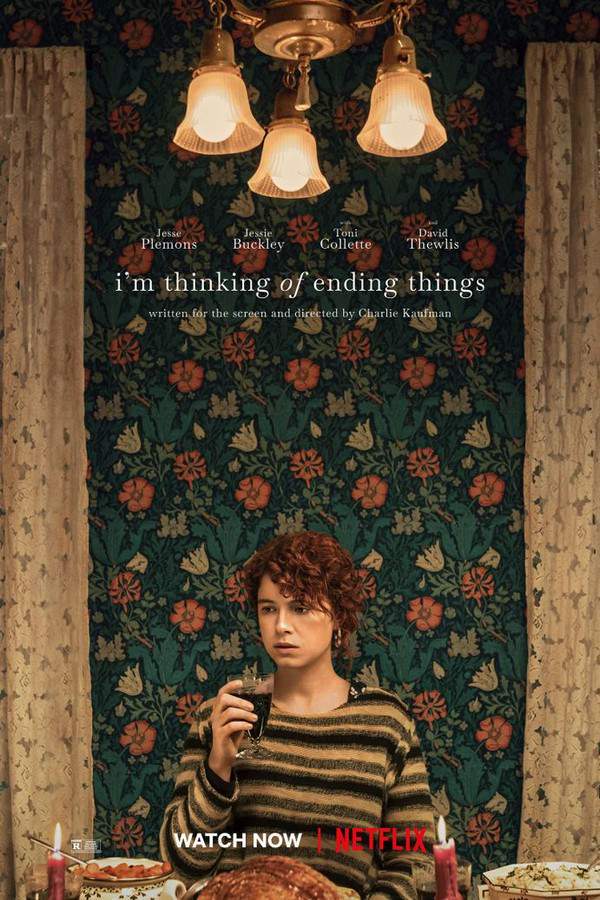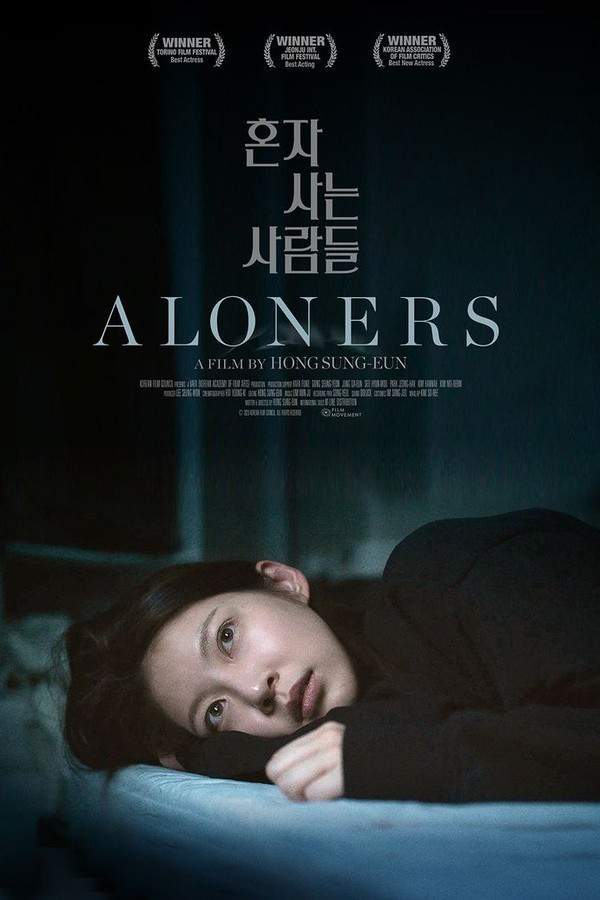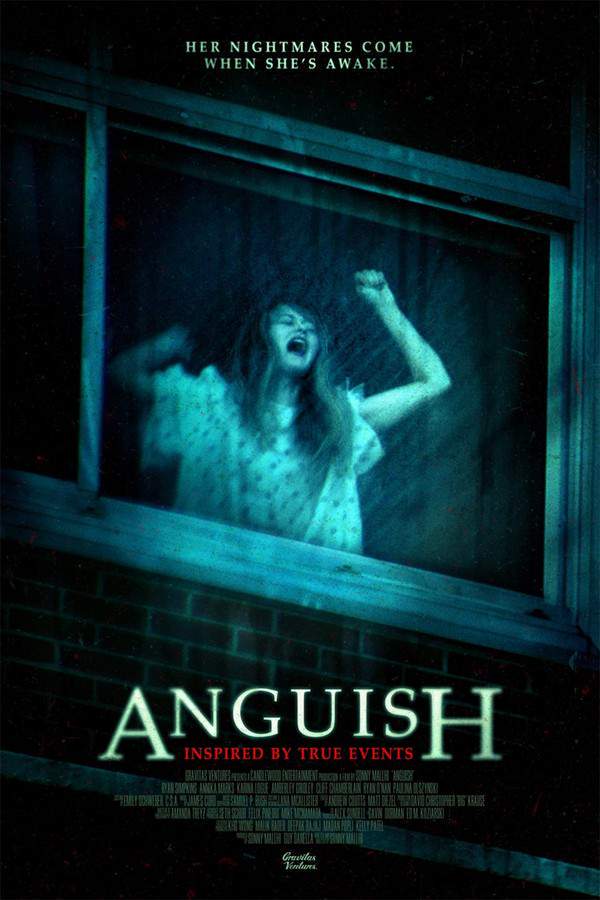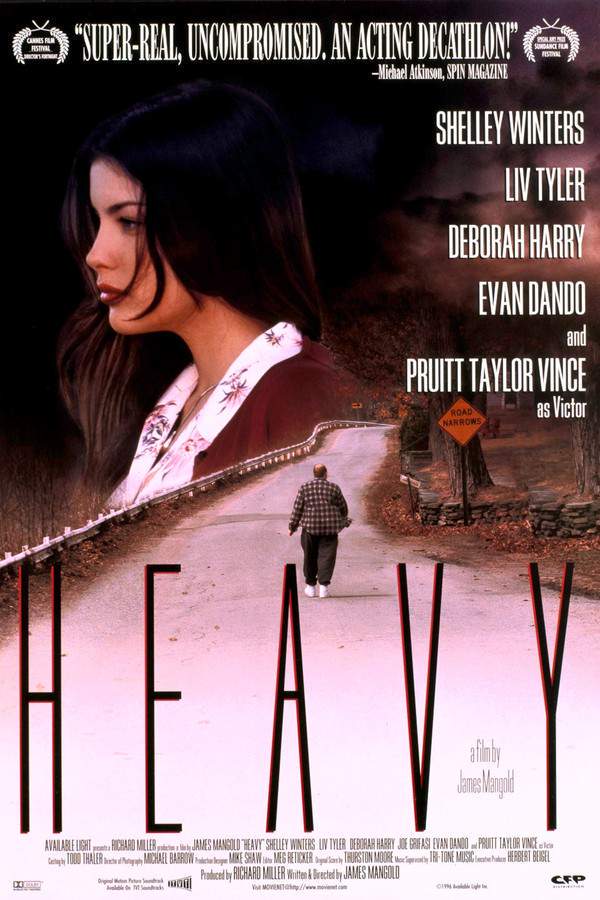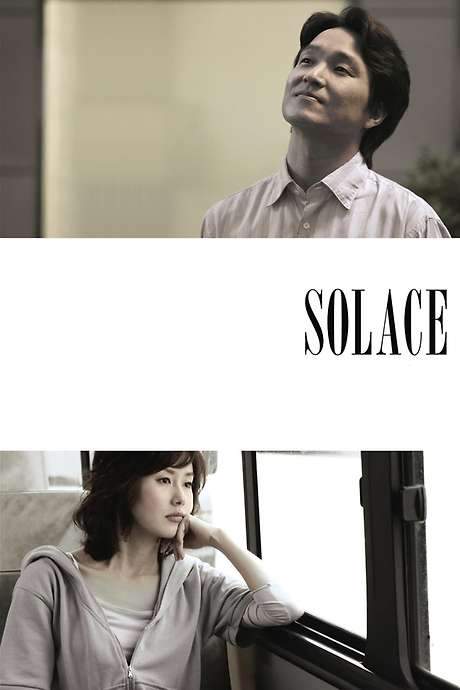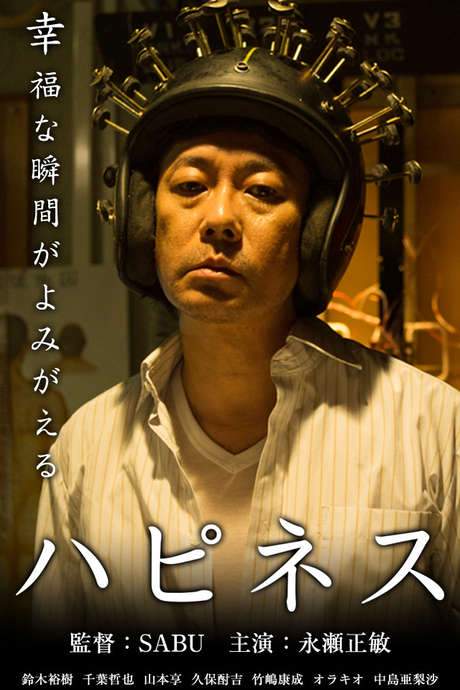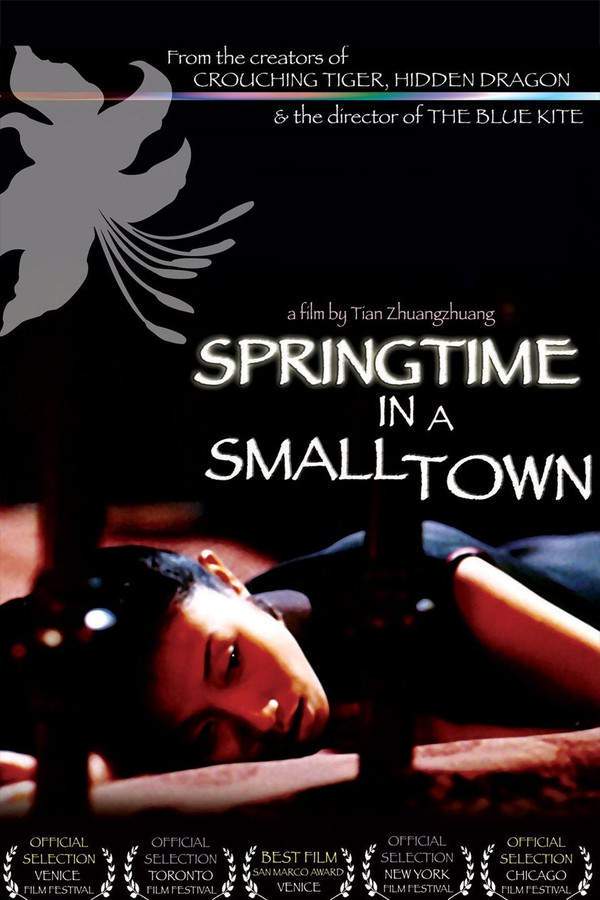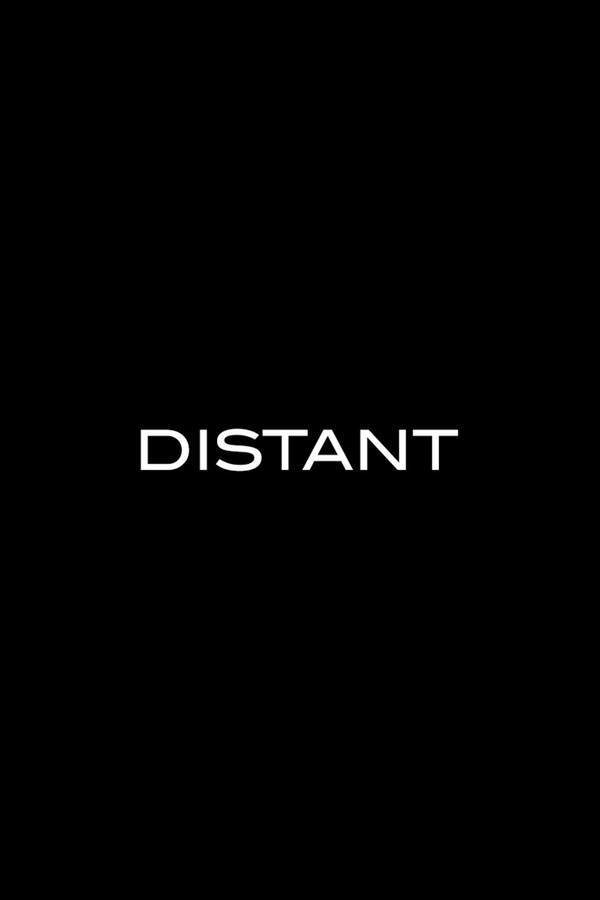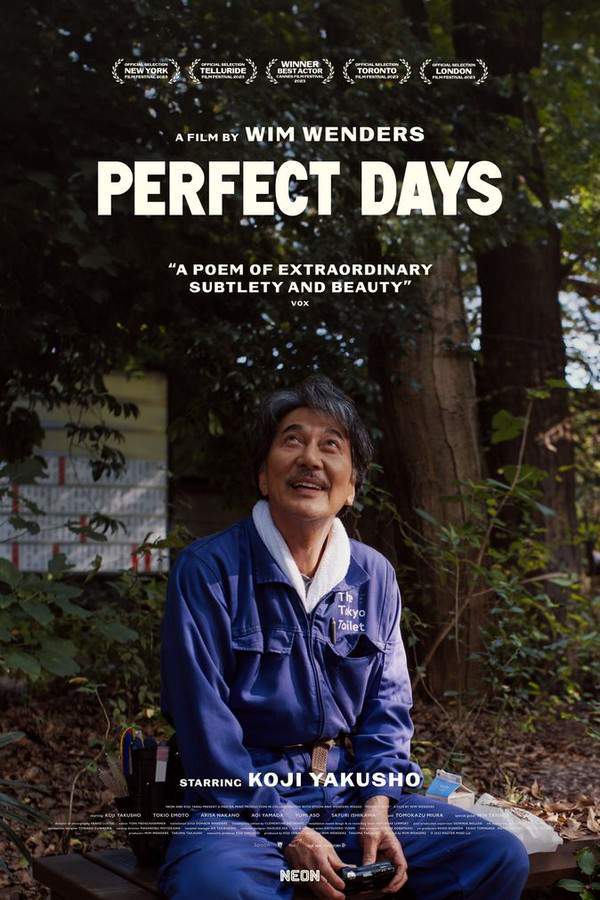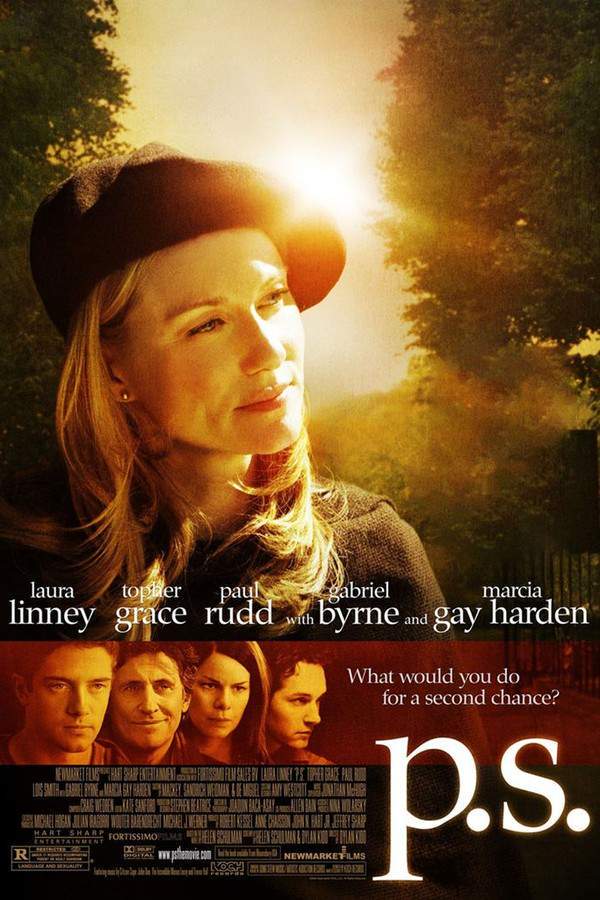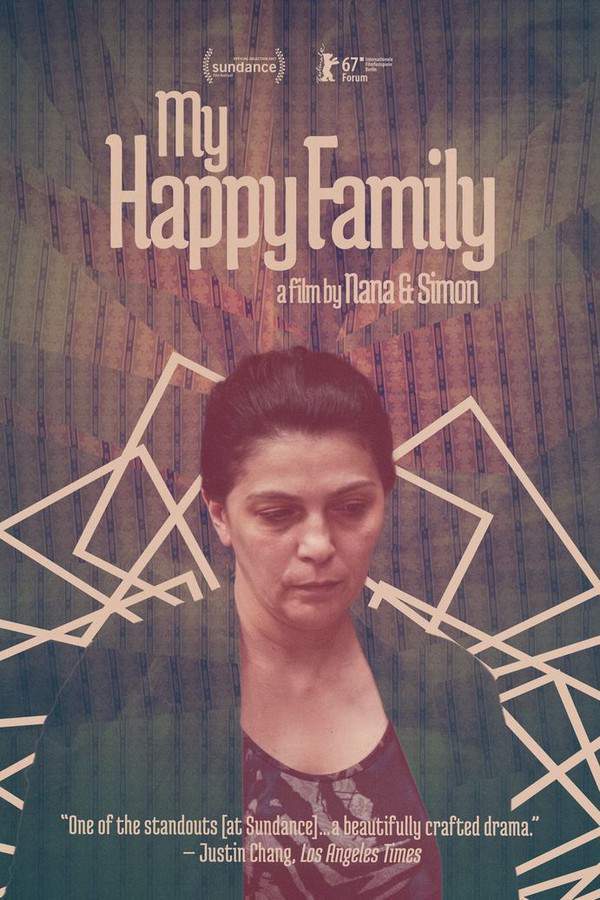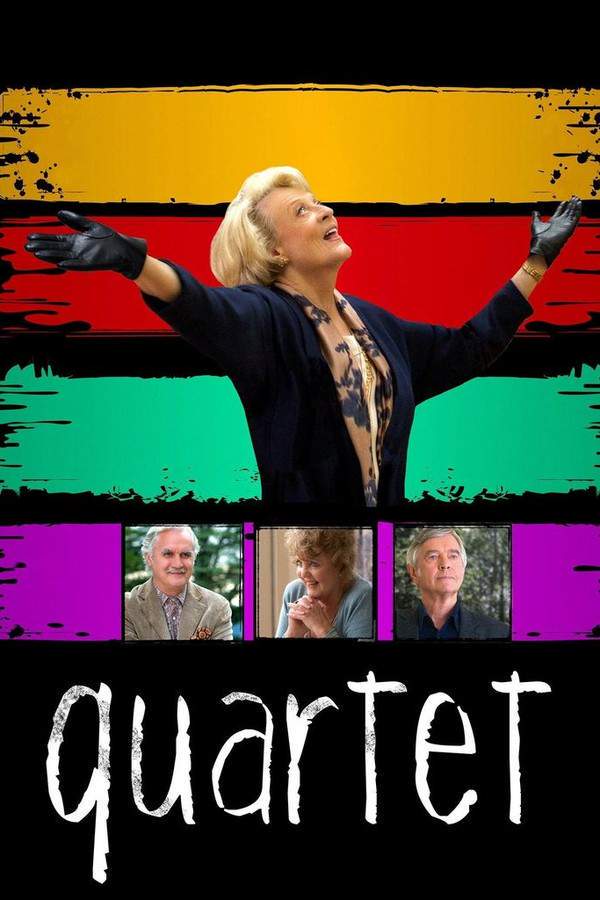
The Long Absence
Year: 1961
Runtime: 98 mins
Language: French
Director: Henri Colpi
Therese, who runs a small café, still grieves the enigmatic disappearance of her husband sixteen years ago. When a wandering tramp shows up in town, she becomes convinced he is her missing spouse. Though he suffers from amnesia, she tirelessly works to revive his lost memories of their shared past.
The Long Absence (1961) – Spoiler-Free Movie Summary & Plot Overview
Get a spoiler-free look at The Long Absence (1961) with a clear plot overview that covers the setting, main characters, and story premise—without revealing key twists or the ending. Perfect for deciding if this film is your next watch.
In post‑war Paris, a modest café sits on the quiet streets of Puteaux, its windows framing the soft rustle of daily life and the lingering shadows of a conflict long past. Thérèse Langlois, the proprietor, has turned the establishment into a refuge not only for her customers but also for herself, a place where the routine of coffee and conversation masks the ache of a husband who vanished sixteen years ago. The film moves with a gentle, almost lyrical pace, allowing the viewer to feel the weight of memory that settles over every corner of the town.
A regular yet enigmatic presence drifts through the café: the tramp, a wandering figure who arrives each day humming arias from The Barber of Seville. His fragmented recollections and an identification card bearing the name Robert Landais hint at a past he cannot fully grasp. Intrigued, Thérèse enlists the help of her loyal bartender, Martine, and soon the circle widens to include Aunt Alice and a distant nephew, each offering their own pieces of family history in the hope of untangling the mystery.
The atmosphere balances wistful nostalgia with an undercurrent of quiet tension. Between the clink of cups and the soft strains of opera, Thérèse’s world is marked by the subtle push‑and‑pull of an existing romance that seems to wane as the hope of reunion grows stronger. The café becomes a stage where past and present intersect, and every shared glance or whispered story adds layers to the central question: can love bridge the gaps left by loss and amnesia?
The film’s tone is intimate and contemplative, inviting the audience to linger over the nuances of grief, identity, and the stubborn optimism that drives a woman to believe that a single voice, a fleeting melody, might be enough to coax a forgotten life back into the light.
Last Updated: August 20, 2025 at 17:49
Explore Movie Threads
Discover curated groups of movies connected by mood, themes, and story style. Browse collections built around emotion, atmosphere, and narrative focus to easily find films that match what you feel like watching right now.
Movies about memory and loss like The Long Absence
Character-driven stories about the painful search for a vanished past.If you like the melancholic, slow-paced drama of The Long Absence, you'll find similar stories here. This list features quiet, character-driven films that explore themes of amnesia, grief, and the obsessive, often unresolved, search for lost loved ones and forgotten identities.
Narrative Summary
The narrative typically follows a protagonist, often burdened by grief, who encounters a potential link to their past. This triggers a gradual, introspective process of testing memories and confronting the possibility of reclaiming what was lost. The journey is less about action and more about psychological unraveling, frequently building to an ambiguous or bittersweet conclusion that questions the very nature of identity and closure.
Why These Movies?
These films are grouped by their shared focus on the themes of memory and irretrievable loss. They possess a melancholic, pensive tone, a slow, deliberate pacing that allows for deep character immersion, and a narrative centered on an emotional and psychological quest rather than a physical one.
Quiet obsessive dramas similar to The Long Absence
Stories where a fragile belief becomes a character's entire world.For viewers who appreciated the quiet obsession in The Long Absence, this collection features similar character studies. These movies focus on individuals whose lives are consumed by a single, uncertain hope, portrayed through slow-burn narratives with a melancholic yet hopeful atmosphere.
Narrative Summary
The plot revolves around a central character who invests all their emotional energy into a specific possibility, such as the return of a missing person or the truth of a deeply held conviction. The narrative unfolds slowly, focusing on the subtle interactions and psychological maneuvers the protagonist uses to sustain their belief. The conflict is internal and interpersonal, creating a poignant tension that questions whether their hope is a saving grace or a destructive force.
Why These Movies?
These movies share a specific character archetype: the obsessively hopeful individual. They are united by a restrained, melancholic mood, a slow pacing that mirrors the character's protracted vigil, and a narrative structure that places psychological ambiguity at its core, resulting in a similarly moderate but deeply felt emotional weight.
Unlock the Full Story of The Long Absence
Don't stop at just watching — explore The Long Absence in full detail. From the complete plot summary and scene-by-scene timeline to character breakdowns, thematic analysis, and a deep dive into the ending — every page helps you truly understand what The Long Absence is all about. Plus, discover what's next after the movie.
The Long Absence Summary
Read a complete plot summary of The Long Absence, including all key story points, character arcs, and turning points. This in-depth recap is ideal for understanding the narrative structure or reviewing what happened in the movie.

The Long Absence Timeline
Track the full timeline of The Long Absence with every major event arranged chronologically. Perfect for decoding non-linear storytelling, flashbacks, or parallel narratives with a clear scene-by-scene breakdown.

Characters, Settings & Themes in The Long Absence
Discover the characters, locations, and core themes that shape The Long Absence. Get insights into symbolic elements, setting significance, and deeper narrative meaning — ideal for thematic analysis and movie breakdowns.

More About The Long Absence
Visit What's After the Movie to explore more about The Long Absence: box office results, cast and crew info, production details, post-credit scenes, and external links — all in one place for movie fans and researchers.



